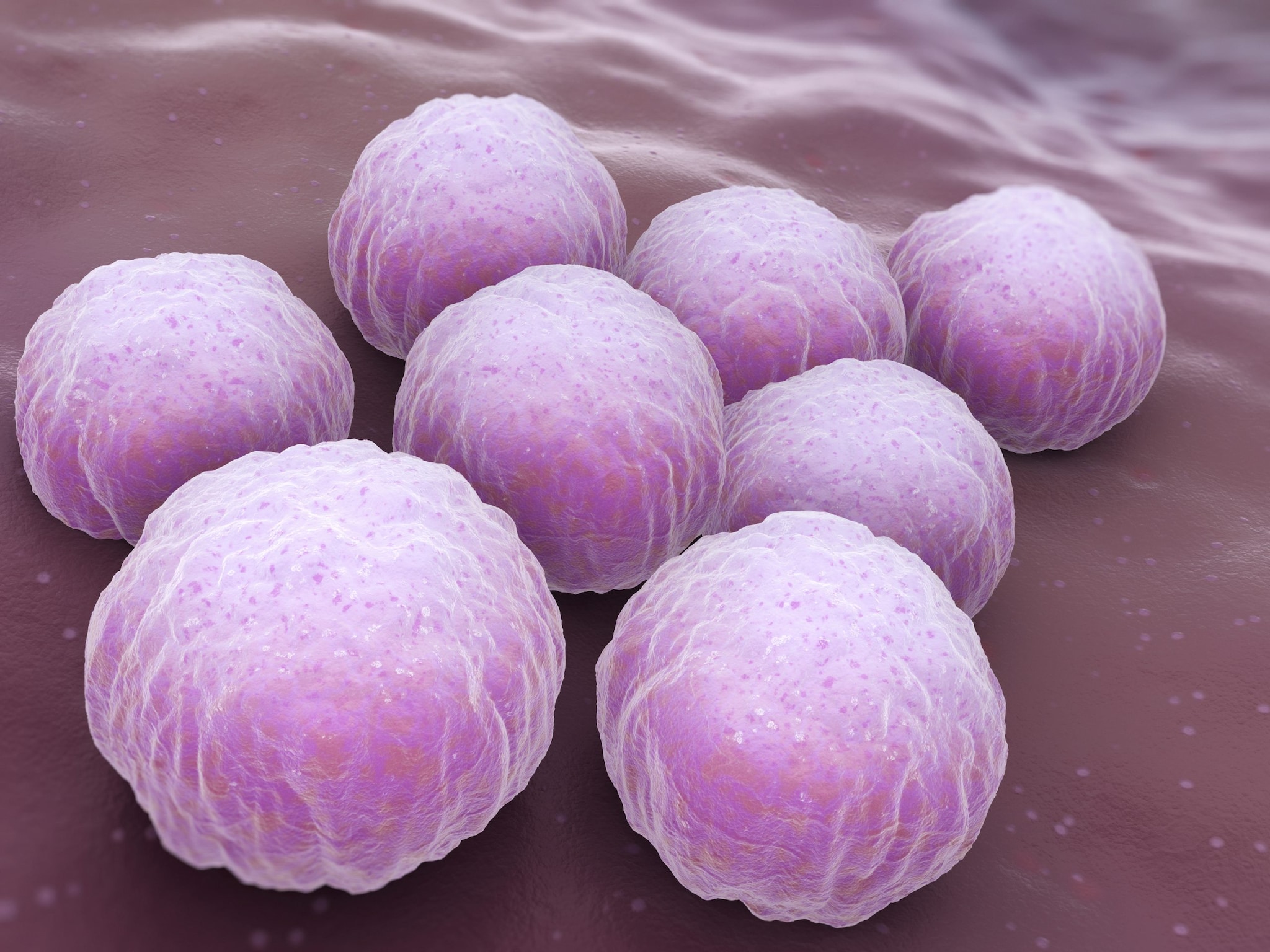Purpose
The adaptable health alert below is for health departments to notify local public health practitioners, clinicians, public health laboratories, and public information officers about any confirmed, probable or suspected cases of lymphogranuloma venereum (LGV) in their jurisdiction. Use data from your jurisdiction to make it relevant to your community. You can customize this document by including details about the public health event, why it is significant, and links to local resources.

Customizable template
Summary
- As of [date], _ confirmed, _ probable, _ suspect cases of lymphogranuloma venereum (LGV) have been reported [among HIV positive men who have sex with men (NOTE: This is the population in which we have seen outbreaks occur most frequently at the national level; however, please edit based on local epidemiology)] in [name of county/state]. The first case was identified on [date].
- Providers should consider LGV in their diagnosis for patients with consistent clinical symptoms (e.g., anogenital symptoms including proctocolitis, inguinal lymphadenopathy, or penile lesions) and positive chlamydia tests whose symptoms do not resolve with standard treatment. NOTE: Modify based on most frequent symptoms in your jurisdiction's cases.
- Appropriate testing is nucleic acid amplification testing (NAAT) for chlamydia of the affected area (e.g., ulcer and/or anal swabs).
- Recommended treatment for LGV is doxycycline 100 mg orally twice a day for 21 days. Alternatives are listed in the CDC STI Treatment Guidelines. Advise patient to abstain from sex until treatment is complete, and symptoms have resolved. Sexual partners of a probable or confirmed LGV case should be tested for chlamydia infection and presumptively treated with doxycycline 100 mg orally twice a day for 7 days.
- Please report all information related to clinical and laboratory reports on suspected or probable LGV cases to [name] at [phone] or [email].
Background
LGV is a sexually transmitted infection caused by L1, L2, or L3 genotypes of Chlamydia trachomatis. It is typically characterized by:
- A lymphadenopathy syndrome consisting of genital ulcers that are commonly self-limited, inguinal and/or femoral lymphadenopathy that is commonly tender, unilateral, and possibly suppurative.
- Proctocolitis syndrome presenting with rectal bleeding, discharge, pain, tenesmus, and constipation with mucosal inflammation, purulence, and/or ulcerations on anoscopy.
Asymptomatic rectal LGV infections have also been reported.
[Include further Epi details and health department activities as available.]
Recommendations
- Initiate empiric LGV treatment with doxycycline 100 mg BID for 21 days or erythromycin base 500 mg PO QID for 21 days while awaiting test results. Advise the patient to abstain from sex until the treatment is completed and symptoms have resolved.
- Sex partners of a probable or confirmed LGV case should be tested for chlamydia and presumptively treated with doxycycline 100 mg orally twice a day for 7 days.
- Patients should have an appropriate evaluation per CDC STI Treatment Guidelines for HIV, syphilis, HSV, gonorrhea, and/or chancroid, and treatment/linkage to care should be provided as needed.
- Report all suspected LGV cases to [name of health department] via [staff name] [phone number] [email/fax].
- Complete the LGV case report form and fax it to [fax number] attn. [staff name] within 24 hours of specimen collection. If your state does not have one, CDC has examples to share.
